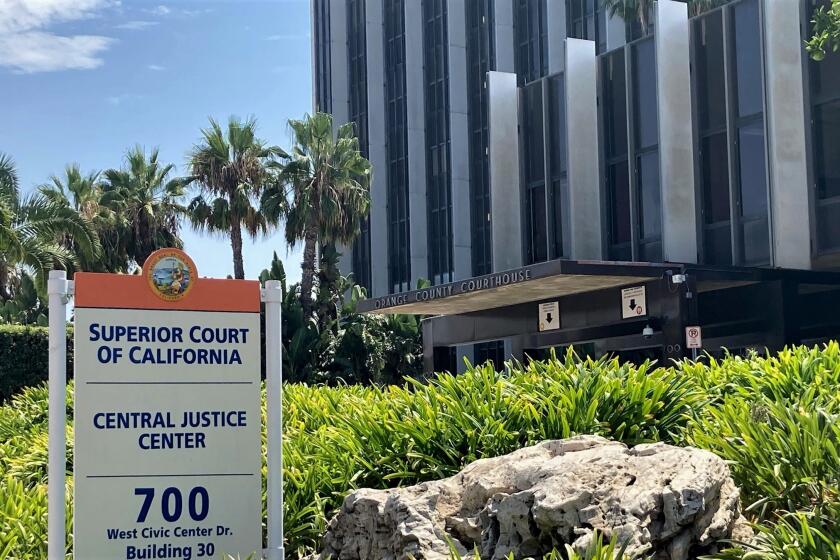Mormon Temple approval stalls
- Share via
June Casagrande
Extensive community meetings, hours of staff time, a
three-inch-thick environmental report and untold reams of
correspondence between residents and city officials have all hinged
on the belief that the city has a say in whether a Mormon temple is
built here. But a closer look at a new federal law suggests this
might not be the case at all.
City officials are now analyzing the Religious Land Use and
Institutionalized Persons Act. The act, which President Clinton
signed in 2000, says, “No government shall impose or implement a
land-use regulation in a manner that imposes a substantial burden on
the religious exercise of a person.” There are limits, of course. A
government can restrict religious exercise when doing so as the
“least restrictive means to serve a compelling government interest.”
But such government interest usually amounts to protecting public
health and safety. And for Newport Beach, this law, combined with
some legal precedents, suggests the city may have an uphill battle in
defending its power to rule yea or nay on the temple.
“The law will be one of the issues that comes up before the
Planning Commission and the City Council,” City Manager Homer Bludau
said. “It’s a relatively new law and there isn’t much case law on it.
Our city attorney’s office is looking into it to see what guidance
they can give us on this issue.”
The proposed temple for the Church of Jesus Christ of Latter-day
Saints meets all city guidelines but one: The 124-foot steeple exceeds the 55-foot height standard for the area. Temple planners
need a city-issued permit to exceed the standard -- or at least
that’s the assumption everyone has been operating on.
But now officials are wondering whether the federal law protects
the church’s right to build the steeple because the spire’s height is
not a question of aesthetics or architecture. The steeple dimensions
are a direct edict from the church president in Salt Lake City, who
church members believe acts by divine inspiration. The spire itself,
they say, is a link between heaven and earth, humans and God. Its
height, they say, is itself a form of religious expression.
But the steeple is also the biggest problem for some residents
near the Bonita Canyon Drive site who say it will dominate their
views.
“If the city is just saying, ‘Gee. We don’t like the way the
steeple looks,’ well, that’s not a compelling government interest,”
said Anthony Picarello, general counsel for the Becket Fund for
Religious Liberty, a nonprofit legal defense fund.
Weatherford Clayton, president of the church’s Newport Beach
stake, said the temple planners hope they can avoid a legal challenge
entirely by continuing to work to win the favor of neighbors.
“We’re hoping that as things go through the permit process we will
have smooth sailing,” he said.
But if Utah leadership wants a legal fight, like the ones they
have already won in places like Harrison, N.Y., and Boston, there’s a
distinct possibility that the city could lose.
* JUNE CASAGRANDE covers Newport Beach and John Wayne Airport.
She may be reached at (949) 574-4232 or by e-mail at
june.casagrande@latimes.com.
All the latest on Orange County from Orange County.
Get our free TimesOC newsletter.
You may occasionally receive promotional content from the Daily Pilot.






